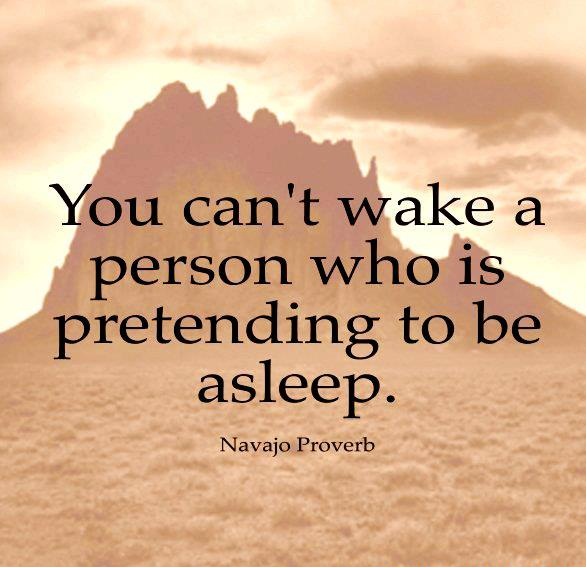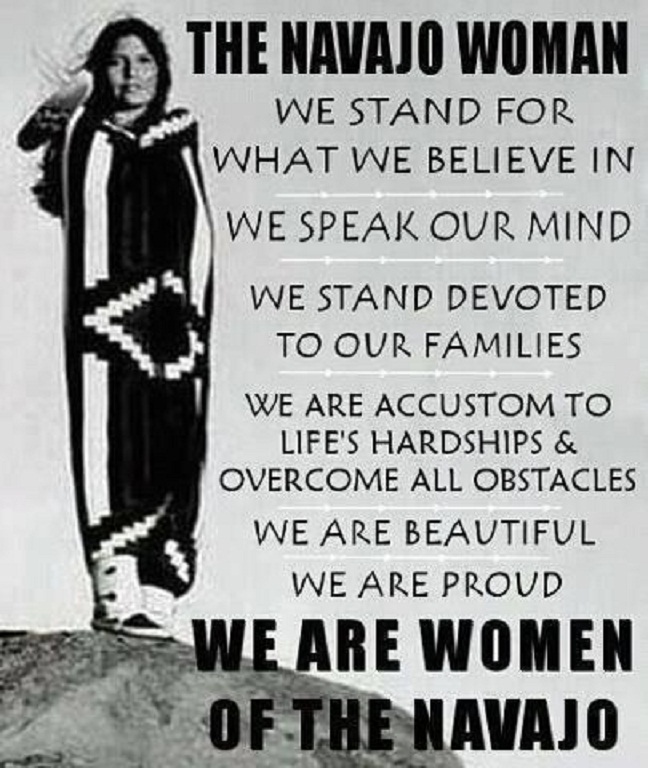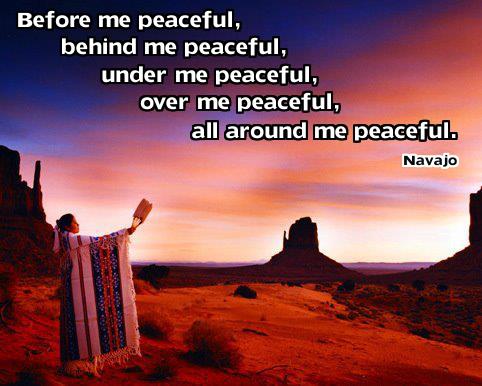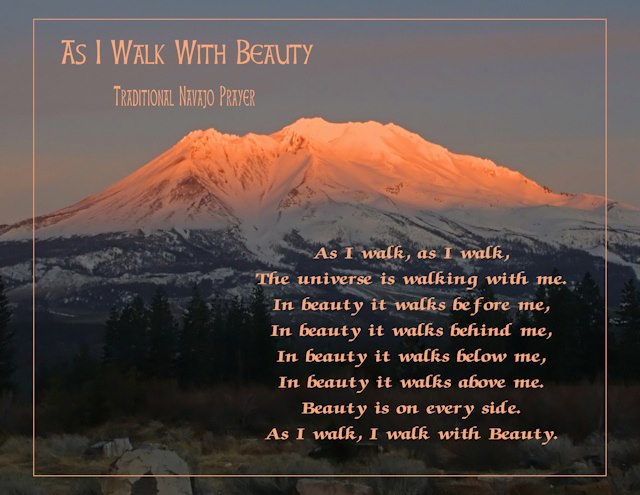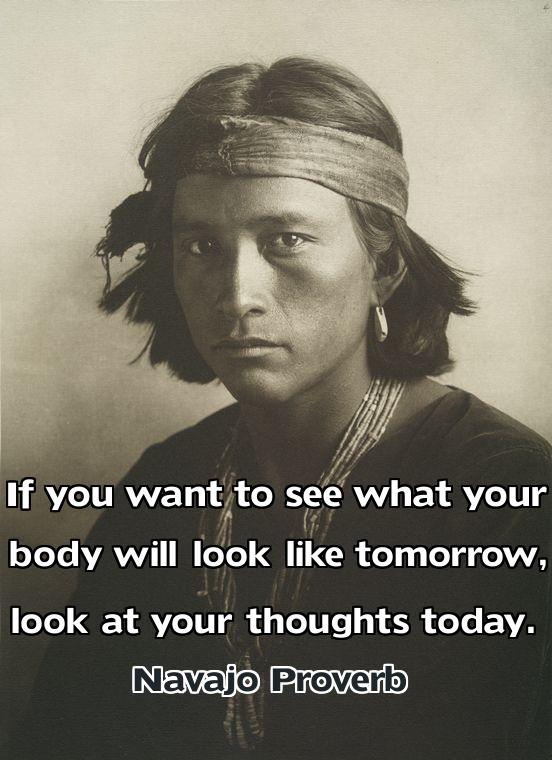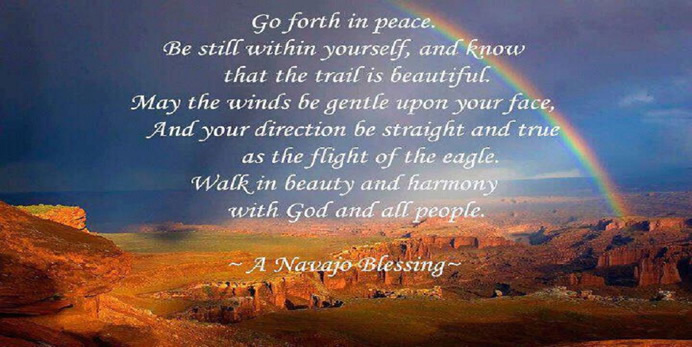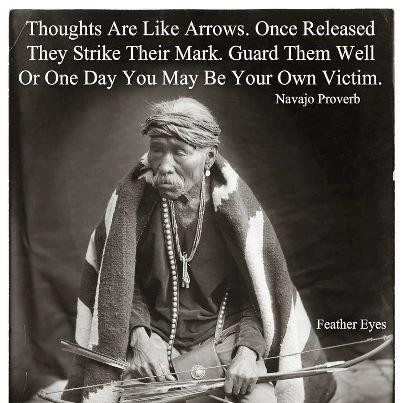Here's a blog where you can add your questions and hopefully receive answers back from the right people.
Dené - Navajo
Here's some links to keep you busy while I populate the blog.
http://en.wikipedia.org/wiki/Navajo_Nation
http://www.navajonationcouncil.org/
http://www.navajocodetalkers.org/
The Navajo Nation extends into the states of Utah, Arizona and New Mexico, covering over 27,000 square miles of unparalleled beauty. The Navajo Reservation is home to more than a dozen national monuments, tribal parks and historical sites, and is peppered with a dozen lakes and ponds - Lake Powell alone has 186 miles of Navajoland shoreline.
Here, you can step back in time and see how the ancient ones - the Anasazi people - lived thousands of years ago. The Navajo Nation has an array of ancient ruins, including the world renowned Navajo National Monument and the tranquil Chaco Culture National Historical Park. From the towering formations of Monument Valley to the majestic red sandstone walls and lush green valley floor of Canyon de Chelly, this is a land of great contr asts. We invite you to Discover Navajo.
The name “Navajo” comes from the late 18th century via the Spanish (Apaches de) Navajó "(Apaches of) Navajó", which was derived from the Tewa navahū "fields adjoining a ravine". The Navajo call themselves Diné, which means "the people".
Traditionally, like other Apacheans, the Navajo were semi-nomadic from the 16th through the 20th centuries. Their extended kinship groups had seasonal dwelling areas to accommodate livestock, agriculture and gathering practices. As part of their traditional economy, Navajo groups may have formed trading or raiding parties, traveling relatively long distances.
Historically, the structure of the Navajo society is largely a matrilineal system, in which women owned livestock and land. Once married, a Navajo man would move to live with his bride in her dwelling and among her mother's people and clan. Daughters (or, if necessary, other female relatives) were traditionally the ones who received the generational property inheritance. The children are "born to" and belong to the mother's clan, and are "born for" the father's clan. The mother's eldest brother has a strong role in her children's lives. As adults, males represent their mother's clan in tribal politics. The clan system is exogamous: people must date and marry partners outside their own clans, which for this purpose include the clans of their four grandparents.
... read more ....
